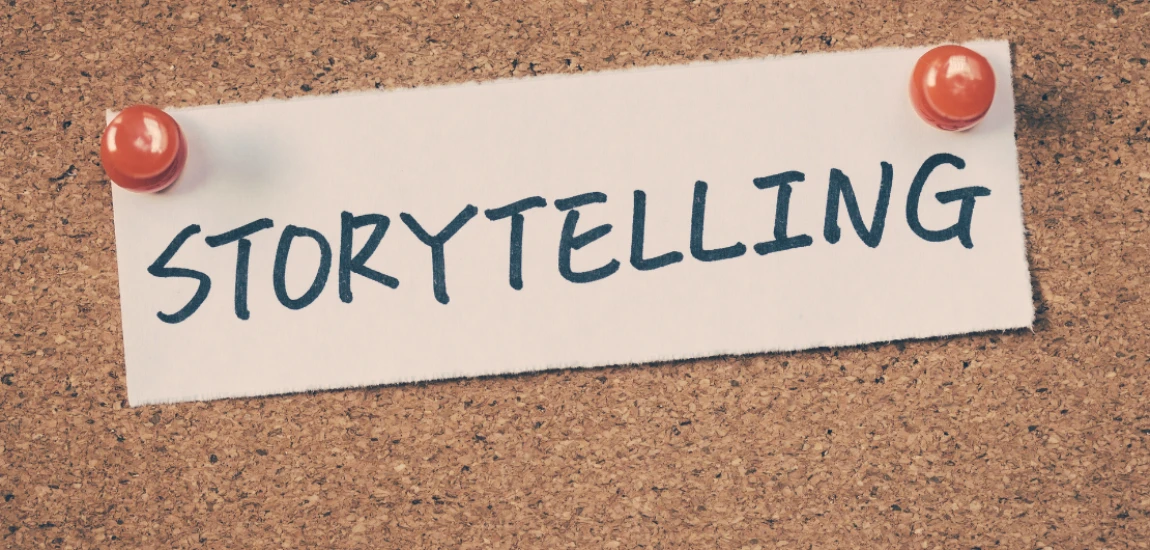Synthetic Storytellers: Training AI on Cultural Memory

Storytelling has always been the heartbeat of human culture. From oral traditions to digital media, stories preserve histories, values, and identities. In today’s AI-driven world, a new kind of storyteller is emerging: the synthetic storyteller. These AI systems, trained on cultural memory, have the power to generate narratives that reflect humanity’s collective past while shaping its creative future. Unlike traditional storytellers, synthetic storytellers analyze massive archives of literature, film, music, and oral histories to generate new works that feel both familiar and innovative.
Synthetic storytelling matters because it challenges our understanding of authorship, creativity, and cultural preservation. Can an algorithm truly honor cultural heritage? Or does it risk diluting and commodifying traditions? As we stand at the crossroads of human and machine collaboration, the answers to these questions will shape the future of storytelling. This blog explores the opportunities and challenges of training AI on cultural memory, showing how synthetic storytellers may redefine narrative design for generations to come.
What Are Synthetic Storytellers?

Synthetic storytellers are AI-driven systems capable of generating stories, characters, and entire worlds. They differ from traditional storytelling tools because they don’t just assist creators—they can autonomously create narratives by processing cultural data.
How synthetic storytellers work
At their core, these systems are powered by machine learning models trained on large datasets. These datasets may include myths, novels, folk tales, screenplays, and historical accounts, enabling AI to mimic cultural storytelling patterns.
Synthetic vs. human creativity
While humans draw inspiration from lived experience, AI relies on patterns embedded in cultural memory. The distinction is critical: AI storytelling is less about originality and more about remixing and reinterpreting.
Where they’re used
From interactive games to AI-written scripts and transmedia projects, synthetic storytellers are already influencing entertainment, education, and even therapy. As these systems grow more sophisticated, their role in shaping narratives will only expand.
The Role of Cultural Memory in AI Storytelling

Cultural memory refers to the collective body of traditions, myths, rituals, and stories passed down through generations. Training AI on cultural memory is not simply about data collection—it’s about ensuring continuity between past and present.
Preserving traditions through data
AI systems can ingest vast archives of folklore, literature, and oral histories. In doing so, they help preserve endangered cultural narratives that might otherwise be forgotten.
Global vs. local memory
One challenge lies in balancing global datasets with localized cultural specificity. An AI trained primarily on Western narratives may inadvertently prioritize Western storytelling norms, marginalizing other traditions.
Reinventing myths for new audiences
By drawing on cultural memory, AI can create updated versions of myths and legends for contemporary audiences, making age-old stories relevant in digital spaces like games, VR, and online media.
Opportunities: How Synthetic Storytellers Expand Creativity

Synthetic storytellers offer exciting opportunities for creators and audiences alike.
Storytelling at scale
AI can generate vast amounts of narrative content in a fraction of the time it would take humans. This allows for expansive transmedia worlds where each player or reader experiences a unique path.
Co-creation with humans
Instead of replacing creators, AI can act as a collaborator—providing narrative scaffolding, generating dialogue, or suggesting alternate endings. Human creators retain control, but benefit from AI’s ability to experiment at scale.
Reviving lost voices
Synthetic storytellers can help reimagine the voices of marginalized or forgotten communities by drawing from archives of underrepresented texts, thereby expanding the inclusivity of narrative landscapes.
By broadening the spectrum of voices and perspectives, synthetic storytellers can become allies in cultural preservation and creative expansion.
Challenges and Risks of Training AI on Cultural Memory

While synthetic storytellers hold promise, they also raise profound concerns.
Bias and misrepresentation
AI systems inherit the biases of their training data. If cultural memory is incomplete or skewed, synthetic storytelling may reinforce stereotypes instead of challenging them.
Authenticity vs. appropriation
There is an ongoing debate about whether AI-generated narratives can authentically represent cultural traditions—or whether they risk appropriating sacred stories without proper context.
Dependence on machine-driven narratives
As reliance on AI storytelling grows, human voices risk being overshadowed. The challenge lies in ensuring that synthetic storytelling complements, rather than replaces, human creativity.
Creators and technologists must tread carefully to avoid erasing nuance and diversity in the rush to scale synthetic narratives.
Applications Across Media and Society

Synthetic storytellers are finding applications across diverse sectors, far beyond entertainment.
Gaming and interactive media
AI-driven narratives can generate dynamic story arcs in games, ensuring that each player’s experience feels unique and responsive.
Film and television
Screenwriters and directors are beginning to experiment with AI-generated scripts, using cultural memory datasets to craft authentic yet innovative storytelling.
Education and heritage preservation
Synthetic storytellers can be used to teach cultural history, presenting myths, rituals, and folktales in engaging formats for younger generations.
These applications show that synthetic storytelling is not limited to art—it can reshape how we teach, heal, and remember.
Ethical Considerations in Synthetic Storytelling

Ethics are at the heart of debates surrounding AI and cultural memory.
Ownership of cultural data
Who owns the stories that AI learns from? Indigenous and marginalized communities often face exploitation when their narratives are mined without consent.
Transparency in storytelling
Audiences should know when they are engaging with AI-generated content, ensuring trust and accountability in synthetic narratives.
Responsible cultural stewardship
Developers must build frameworks that respect cultural traditions while leveraging AI’s creative potential. Without ethical safeguards, synthetic storytellers risk becoming tools of cultural erasure rather than preservation.




